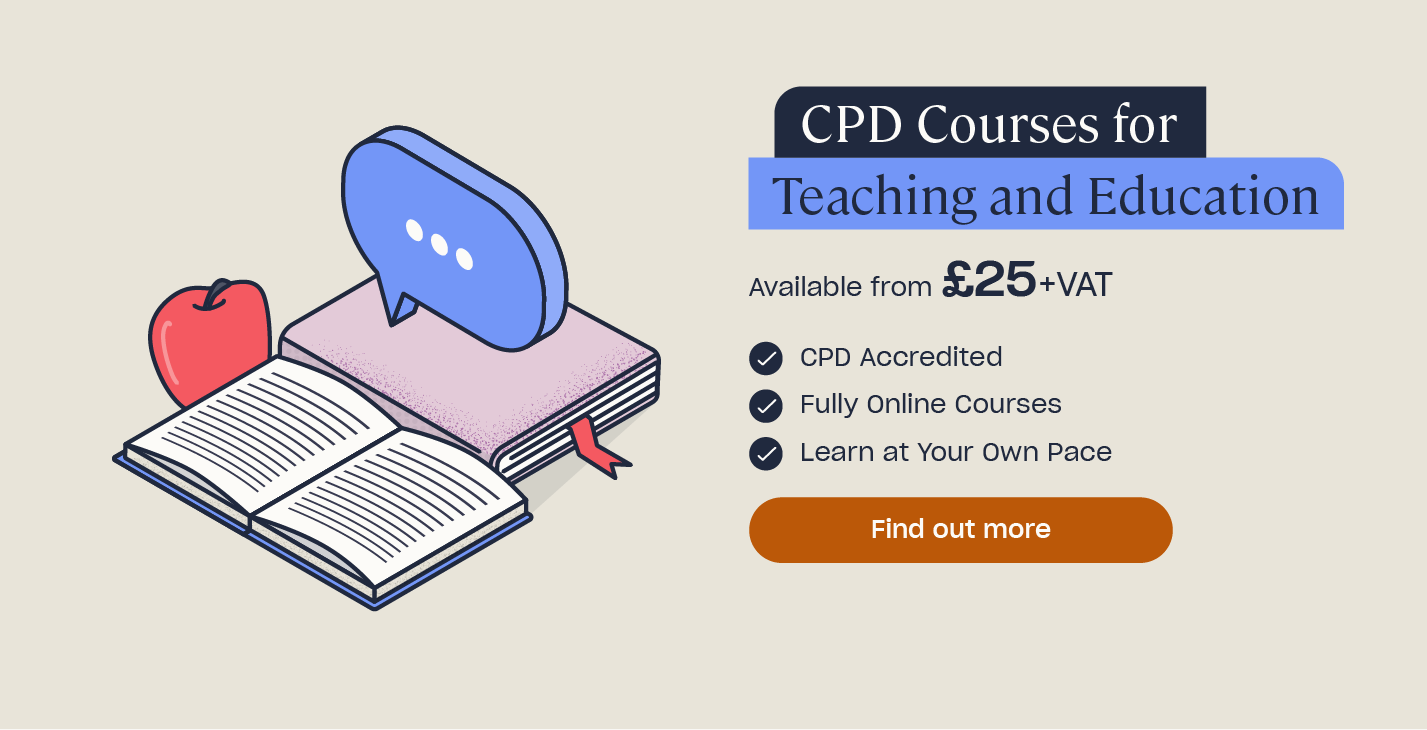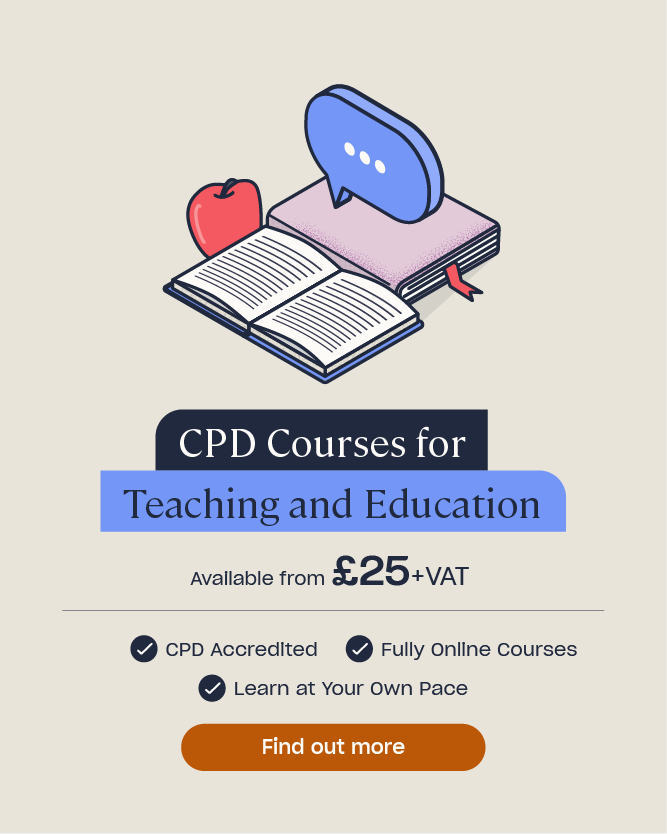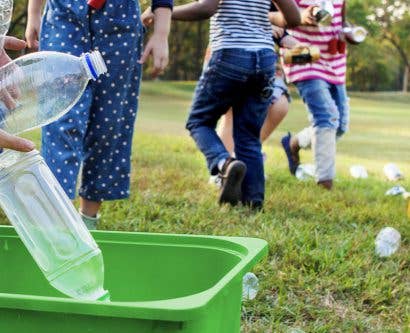Ideas for Genius Hour in the Classroom
It is always important to find ways to make learning exciting, as well as giving students opportunities to explore their own passions and demonstrate creativity. As an educator, you can do this using innovative practices such as genius hour.
In this article, we will outline what genius hour means, why you should think about introducing it to your students, and how you could use it in your classroom.

What is Genius Hour?
Genius hour (sometimes called ‘passion pursuit’) is a student-centred practice that allows pupils to choose what they learn during a set period of time at school. Teachers often choose to implement it for one hour per week, and it could amount to around 20% of class time per year.
The concept of genius hour was popularised by companies such as Google, which allow employees to spend 20% of their time working on a project that they personally want to do. Giving people the chance to work on something that interests them was found to increase their productivity in general. In the classroom, the principles are the same – genius hour lets students explore their interests without being restricted.
There are no set rules for genius hour, but it can be helpful to provide students with some sort of structure. This supports them to stay on track and come up with a really interesting project, rather than squandering the time each week. Teachers might do this by helping their class to brainstorm ideas, giving them a project proposal form to fill out, or setting a basic timeline for the process. After the completion of a project, students might be given reflection journals to fill in, detailing what they learnt.
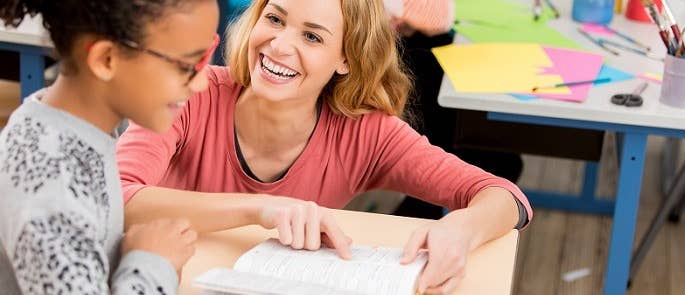
Why Should I Use Genius Hour?
There are a range of advantages to introducing genius hour in your classroom, including:
- Allowing students to explore their own unique interests in a way that traditional schooling does not. Genius hour makes learning more exciting and gives students ownership of their education – it thus increases their intrinsic motivation and autonomy, helping them to become lifelong learners. Through genius hour projects, they might discover hidden skills or interests that they didn’t know they had; this might influence what they choose to do in the future.
- Encouraging creativity. Rather than being passive learners, genius hour lets students generate their own ideas and think about how to explore them. This may come in useful later on, when they need to create and carry out work projects in their adult lives – in today’s world of work, soft skills like creativity and curiosity are critical.
- Fostering critical thinking and research skills. The research aspect of genius hour ensures that students develop their skills in finding relevant, reliable sources and evaluating the information given by them.
- Building social skills and confidence. Genius hour sessions are more like workshops, which encourage collaboration between students when they need help or want to share their ideas. This increases their social skills and confidence levels in the classroom.
- Developing metacognitive abilities. Through planning, monitoring, evaluating, and making changes to their own learning, students build their metacognitive skills. These skills are key to effective learning, as we discussed in this article.
The potential benefits make genius hour an invaluable idea to implement in the classroom.
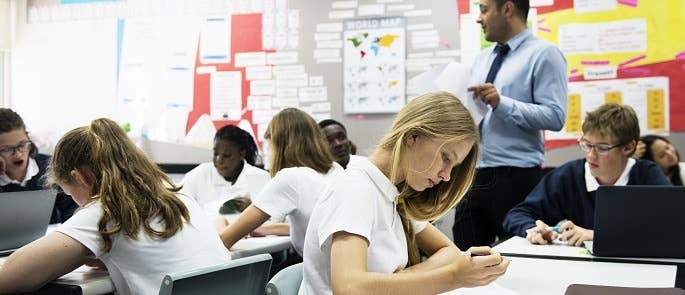
Need a Course?
Build on your existing knowledge or learn new skills to help you in the classroom with our CPD Courses for Teaching Staff. Find everything from Challenging Behaviour to Child Mental Health training.
How Can I Try Genius Hour in My Classroom?
In this section, we will provide you with answers to common questions about trying genius hour in your classroom.
How Can I Make Time for Genius Hour & Does It Fit into the Curriculum?
If you are thinking about trying genius hour in your classroom, the first thing you might be considering is how to make time for it. The relatively little time you have with your class might make one hour seem like too much to give up, particularly if the hour will be spent on a topic that is unrelated to the curriculum. You could solve this problem by making genius hour related to what you’re currently teaching – create a generic lesson objective that ties in with the curriculum, and let students explore it as they wish. Their findings might give you a different perspective on the topic, as well as making it more memorable for them.

What is the Role of the Teacher in Genius Hour?
During genius hour, teachers are facilitators. You will need to provide the framework for genius hour that prevents it from turning into a ‘free-for-all’ – for example, by ensuring that they fill out a project proposal form, and giving them a deadline for completing and presenting their work. You should also give them ground rules to help them stay focused – though this type of lesson is inherently more casual, general rules such as keeping the noise level down should still apply.
Additionally, you should provide support to your students. For some, this may be the first time they have completed an independent project – they may have questions and problems that you can help them with. Ultimately, you should guide them through the learning process, giving them suggestions for where to go next and evaluating what they have done well.
How Should I Introduce Genius Hour to My Students?
It could be useful to let your students get used to similar sessions before you begin implementing genius hour. For example, bring back show-and-tell – you could try having several different presentations running at the same time within the classroom, allowing students to visit whichever session they want. This helps them to get used to the more informal environment and builds their confidence.
When you do introduce genius hour, you could start off with shorter projects – the first one could be only a month long, rather than a whole term.
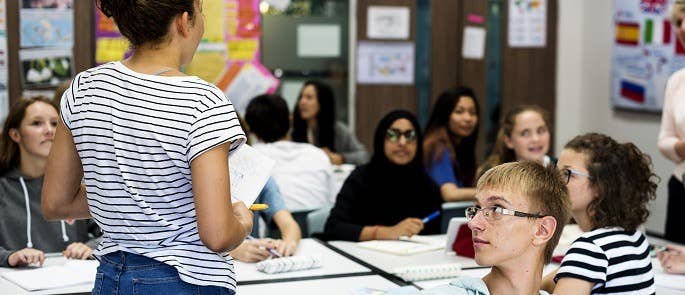
What Are the Steps of Genius Hour?
Genius hour can generally be split into five steps: proposing, researching, creating, presenting, and reflecting.
Planning and Researching
During the proposing (or planning) stage, students will need to select a topic they want to work on. This may involve brainstorming a range of ideas and choosing a couple of them to submit for your approval – you can help to decide whether a topic is too big or too small for the amount of time they have, and whether or not it will sustain their interest and build their skills. Students will also need to decide on the question they are looking to answer with their project. Having a central question to go back to will help to focus their research – however, you should ensure that their question is not something that Google could answer in one search.
At the research stage, students might use a variety of different mediums to find out about their topic. This could include books, articles, websites, videos, or even experts on the subject (either in the local community or those you find online) – interviewing someone gives them valuable experience and helps them see how their chosen topic relates to the real world. Your students should keep detailed notes so that they don’t forget what they have learnt; this will also help to prepare them for future study. You might also decide to teach them how to reference and how to evaluate the accuracy of a source.
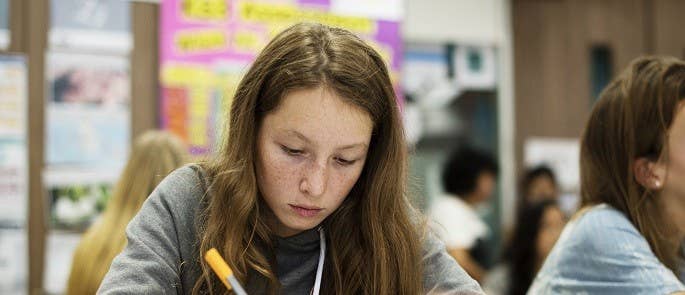
Creating, Presenting, and Reflecting
Once they have finished researching, they can use the data they have collected to create their project. It might be in the form of a PowerPoint presentation, written report, video, painting, or something made out of papier-mâché – it all depends on the project.
The finished product is then presented to the class, teacher, and whoever else you decide to invite (some teachers ask parents and other staff to come in and watch). The students don’t necessarily have to talk through the project in front of the class – they might find this intimidating, and may prefer to simply show it to everyone. Also consider setting a time limit for each presentation, and recording to give each student feedback afterwards.
Finally, ask your students to reflect (whether in a journal, a worksheet, or reflection video): what went well? What did they learn? Would they do anything differently? What is their target for next time?
Ideas & Lesson Plans for Genius Hour
The most important thing with genius hour is to let students explore their interests. Don’t cut the brainstorming short – an idea that they’re passionate about makes the whole process much more valuable. If students can’t decide what to do, try using a ‘wonder wall’ (a space where they put sticky notes with problems they want to solve), websites like Thrively (which show children their strengths), or worksheets with questions to get them thinking (for example, what’s happening in the world currently that you’re interested in? What has made you say ‘wow’ recently?).

We have collated 20 good examples of genius hour projects:
- Create a podcast.
- Write a poem, play, song, story, blog, or whole book.
- Learn a new language or create your own.
- Teach a younger student a skill.
- Build a website or make an app.
- Make your own video game or cartoon (try this website for help with videogames and this for cartoons).
- Learn to code.
- Investigate different careers.
- Paint a picture or learn photography.
- Design a 3D model.
- Create your own board game.
- Create your own sport.
- Watch TED talks and make your own.
- Investigate a time period or event in history.
- Design your own clothes or makeup.
- Learn more about a type of animal you’re interested in.
- Learn how to sew.
- Create, market, and sell a product you design.
- Carry out a science experiment or create a science cookery book.
- Make a sculpture.
Give these initial ideas to your students and see what they come up with – it might help to spark their creativity!
Genius hour is a great way to get your students excited about learning, as well as exploring their own interests, and building their independent learning skills. It might initially seem daunting, but many teachers have found it revolutionary – we hope this article has given you the confidence to try it.
Further Resources:
- Education Training Courses
- 8 Ideas for Building Resilience in Children at School
- Metacognition in the Classroom: Benefits & Strategies
- How to Use Assessment for Learning in Schools


